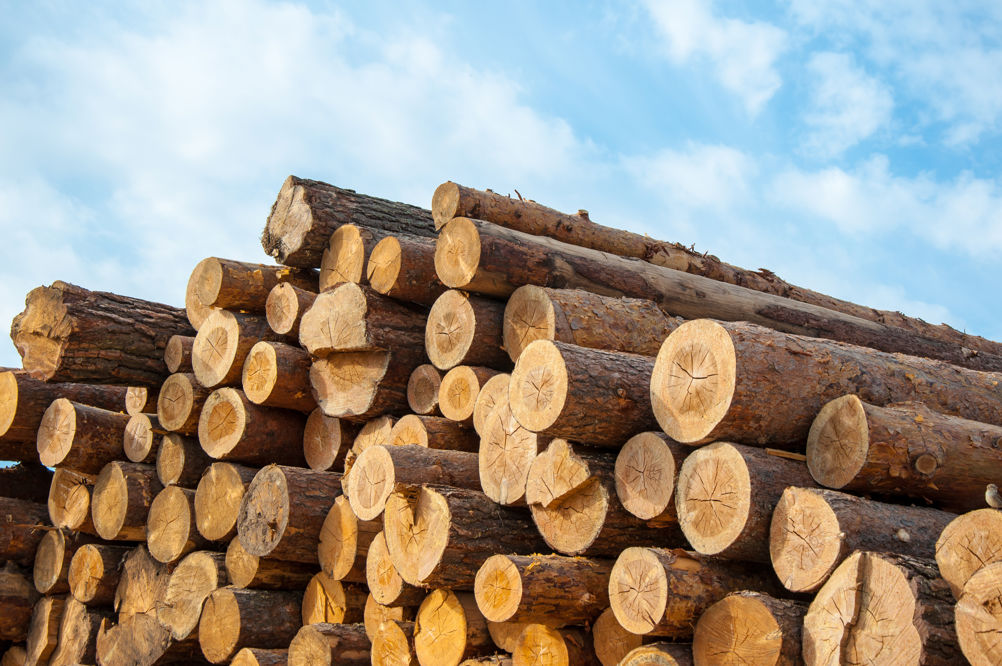Conducted by scientists at Germany’s Potsdam Institute for Climate Impact Research (PIK), the study used computer simulations to analyse the impacts of a large-scale transition to timber cities on land use, land-use change emissions, and long-term carbon storage in harvested wood products. It found that if 90 per cent of growing urban populations were housed in newly built timber mid-rise buildings, 106Gt of additional CO2 could be saved by 2100 – roughly 10 per cent of the remaining carbon budget to limit warming to 2°C. The research is published in Nature Communications.
Related content
"More than half the world’s population currently lives in cities, and by 2100 this number will increase significantly. This means more homes will be built with steel and concrete, most of which have a serious carbon footprint," said lead author Abhijeet Mishra, a scientist from the Potsdam Institute for Climate Impact Research (PIK). "But we have an alternative: we can house the new urban population in mid-rise buildings – that is 4 to 12 stories – made out of wood."
Using an open-source global land use allocation model MAgPIE, the PIK team examined four different land-use scenarios and analysed how the increased demand for timber could be met. They found that although natural forests and expansive new tree plantations would both have to be utilised, existing agricultural land could remain largely untouched, protecting food supplies.

"Our simulation shows that sufficient wood for new mid-rise urban buildings can be produced without major repercussion on food production," explained PIK scientist Florian Humpenöder, co-author of the study. "Wood is sourced from timber plantations as well as natural forests. Most of the additional timber plantations needed – we are talking about roughly 140 million hectares – are established on harvested forest areas and thus not at the cost of agricultural land.
"We need farm land to grow food for the people – using it to grow trees could potentially cause competition for the limited land resources."
To manage the transition to timber construction and ensure that food security and biodiversity are not unduly impacted, the researchers recommend strong governance structures and careful planning.
"The key challenge for global sustainability is the deep co-transformation of land use and construction,” said John Schellnhuber, Director Emeritus of the Potsdam Institute for Climate Impact Research.
“If carefully integrated, these two sectors can remove and store crucial amounts of carbon from the atmosphere without jeopardising food security or biodiversity. This could become the climate solution we have been desperately looking for."
Is massive expansion of timber construction a good idea? Let us know in the comment section below.











McMurtry Spéirling defies gravity using fan downforce
Ground effect fans were banned from competitive motorsport from the end of the 1978 season following the introduction of Gordon Murray's Brabham...